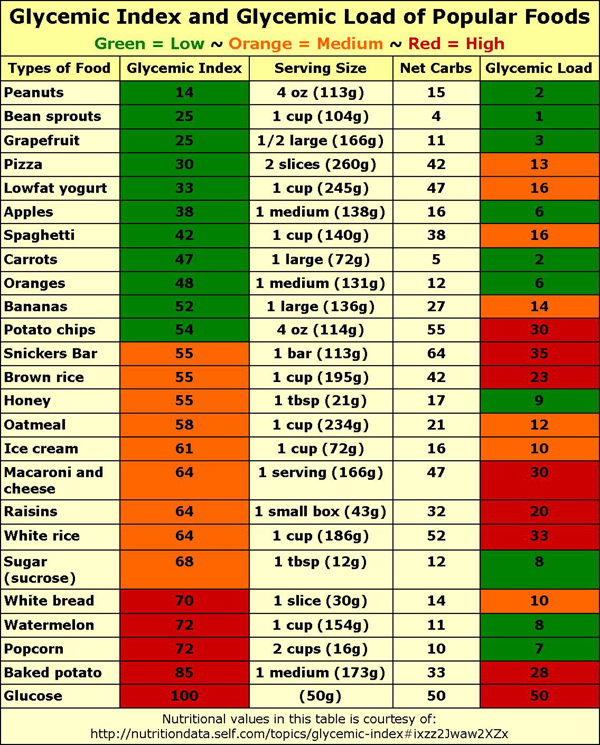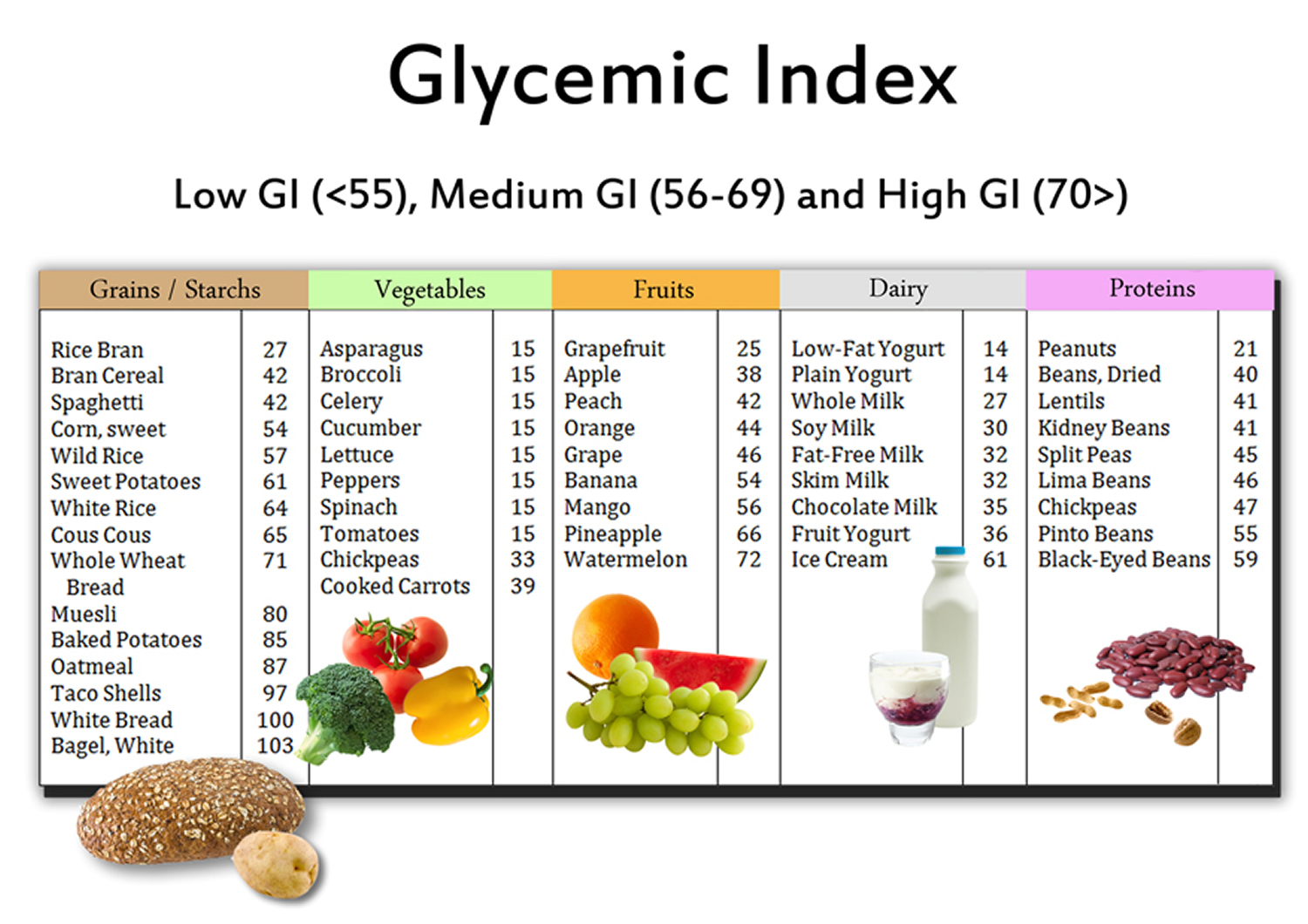what is a low glycemic load Low glycemic foods diet: researched tips and truth
When it comes to maintaining a healthy diet, one important factor to consider is the glycemic index of the foods we consume. The glycemic index (GI) is a measure of how quickly our blood sugar levels rise after eating a particular food. Low glycemic index foods are known to be digested slowly, resulting in a gradual increase in blood sugar levels. In contrast, high glycemic index foods cause a more rapid spike in blood sugar levels, which can have negative implications for our health.
Low Glycemic Index Foods: The Safe Route Avoiding Pitfalls
 Understanding the glycemic index can help us make more informed choices about the foods we eat. The chart pictured above provides a comprehensive list of low glycemic index foods. These foods are not only beneficial for people with diabetes or those who want to manage their weight, but they also promote overall health and well-being.
Understanding the glycemic index can help us make more informed choices about the foods we eat. The chart pictured above provides a comprehensive list of low glycemic index foods. These foods are not only beneficial for people with diabetes or those who want to manage their weight, but they also promote overall health and well-being.
Some of the most commonly known low GI foods include vegetables like broccoli and lettuce, fruits such as cherries and grapefruit, whole grain bread, and legumes like lentils and chickpeas. These foods are more slowly digested and absorbed, resulting in a steady release of glucose into the bloodstream.
What is Glycemic Index & Glycemic Load? Low GI Foods and Weight Loss
 Weight loss is a goal for many individuals, and incorporating low glycemic index foods into our diet can be a helpful strategy. Low GI foods tend to keep us feeling fuller for longer periods, reducing the likelihood of overeating and snacking on unhealthy foods. Additionally, these foods help regulate blood sugar levels, which can lead to increased fat burning and improved weight loss outcomes.
Weight loss is a goal for many individuals, and incorporating low glycemic index foods into our diet can be a helpful strategy. Low GI foods tend to keep us feeling fuller for longer periods, reducing the likelihood of overeating and snacking on unhealthy foods. Additionally, these foods help regulate blood sugar levels, which can lead to increased fat burning and improved weight loss outcomes.
By choosing low GI foods, we can avoid the pitfalls associated with high GI foods, which cause a rapid rise in blood sugar levels. Foods with a high glycemic index include white bread, white rice, sugary drinks, and most processed foods. These foods are quickly broken down into sugar and can lead to energy crashes, increased hunger, and a greater likelihood of weight gain.
In conclusion, incorporating low glycemic index foods into our diet is a wise choice for maintaining overall health and managing weight. By understanding the glycemic index, we can make informed decisions about the foods we consume and avoid the negative effects of high GI foods. So let’s opt for vegetables, fruits, whole grains, and legumes, and make our meals delicious, nutritious, and low on the glycemic index scale.
If you are searching about What is Glycemic Index & Glycemic Load? Low GI foods and Weight Loss you’ve came to the right web. We have 5 Pictures about What is Glycemic Index & Glycemic Load? Low GI foods and Weight Loss like Low Glycemic Index Foods: The Safe Route Avoiding Pitfalls, Low Glycemic Foods Diet: Researched Tips and Truth and also weight loss for a healthy lifestyle: THE LOW-GLYCEMIC DIET. Read more:
What Is Glycemic Index & Glycemic Load? Low GI Foods And Weight Loss
 healthjade.netindex glycemic gi glycaemic chart foods low food list load contents
healthjade.netindex glycemic gi glycaemic chart foods low food list load contents
Low Glycemic Index Foods: The Safe Route Avoiding Pitfalls
 lowglycemic-foods.comglycemic index foods low load chart table diet carbs values carb
lowglycemic-foods.comglycemic index foods low load chart table diet carbs values carb
Weight Loss For A Healthy Lifestyle: THE LOW-GLYCEMIC DIET
 rulethediet.blogspot.comglycemic index load low food diet foods gi sugar blood values chart rice high diabetes vs carbohydrates levels gl eating
rulethediet.blogspot.comglycemic index load low food diet foods gi sugar blood values chart rice high diabetes vs carbohydrates levels gl eating
Low Glycemic Foods Diet: Researched Tips And Truth
 lowglycemic-foods.comglycemic index foods chart low load diabetes food glucose sugar carb charts diet diabetic list gi high meals gl infographic
lowglycemic-foods.comglycemic index foods chart low load diabetes food glucose sugar carb charts diet diabetic list gi high meals gl infographic
9 Reasons Why The Glycemic Index Is Not Accurate | Martha McKittrick
 www.marthamckittricknutrition.comglycemic index chart gi high accurate reasons why nutrition
www.marthamckittricknutrition.comglycemic index chart gi high accurate reasons why nutrition
Low glycemic foods diet: researched tips and truth. Glycemic index foods low load chart table diet carbs values carb. Weight loss for a healthy lifestyle: the low-glycemic diet